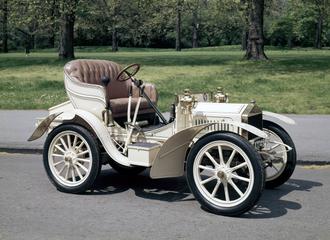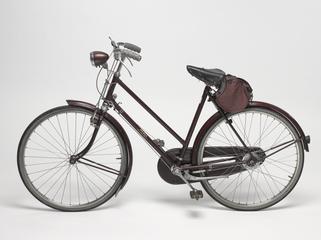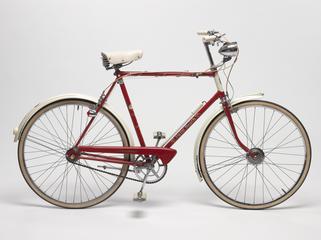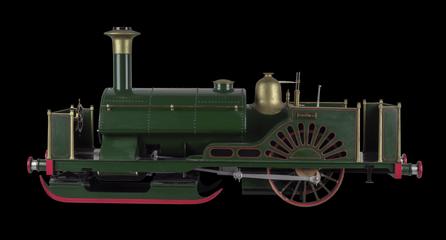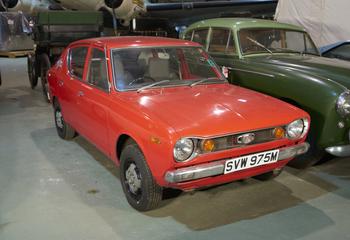






Pemberton Arrow bicycle, owned and used by Wilf Higgins from 1954.
Pemberton bicycles were ‘famous for finish’. This bike was specially made for Wilf Higgins. He rode a similar Pemberton Arrow to victory in the 1934 British Empire Games, when the cycling events were held in Fallowfield in Manchester.
They were not cheap, costing up to three months' wages for an apprentice engineer in the 1940s. Edward Pemberton opened his first bike shop on Ashton Old Road in 1896. The family became embedded in the cycling community in Manchester, centred around the Manchester Wheelers and the velodrome in Fallowfield. Edward’s grandson Harold eventually closed the business due to ill health after 86 years of trading. It was a true family business that stayed open through two world wars and three generations, making Pemberton’s the longest running bike producers in Manchester.

